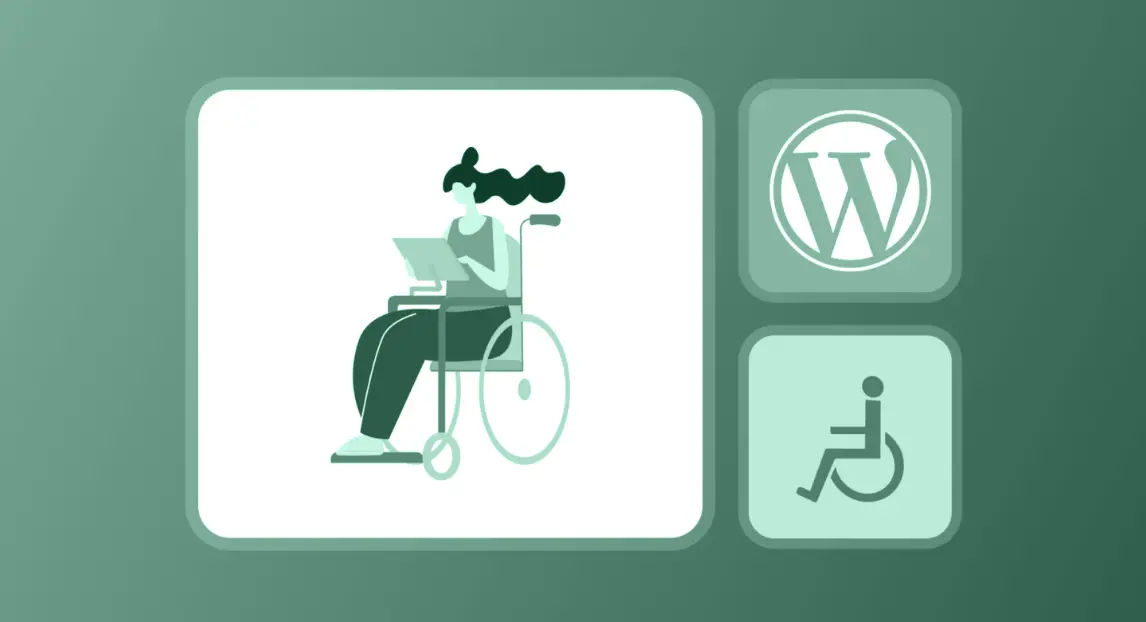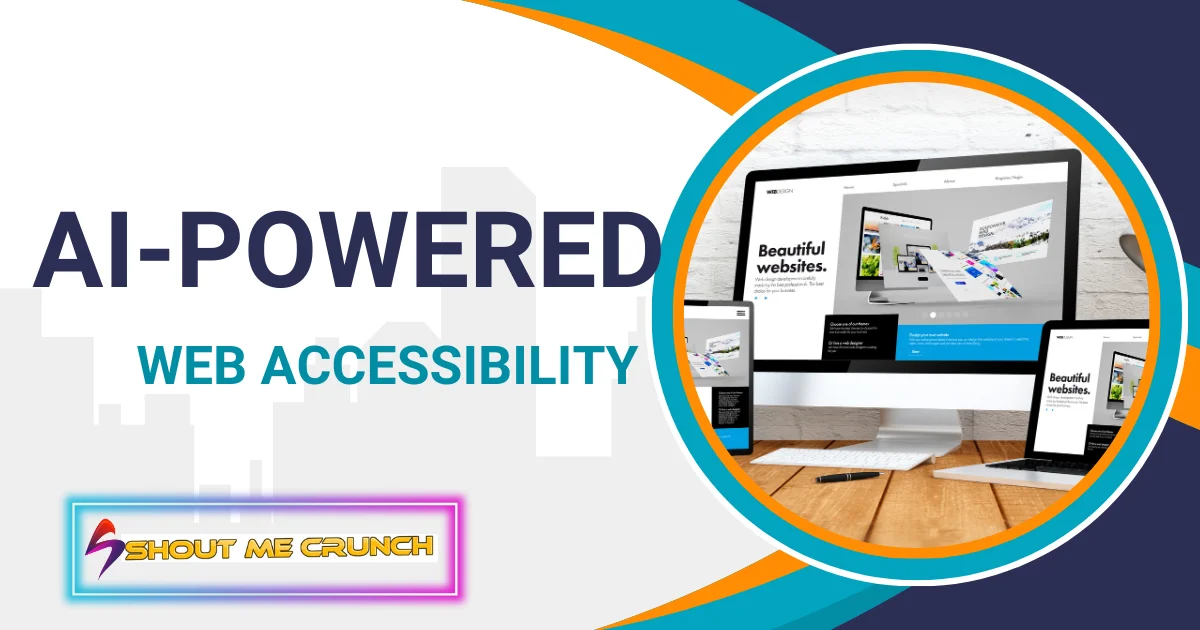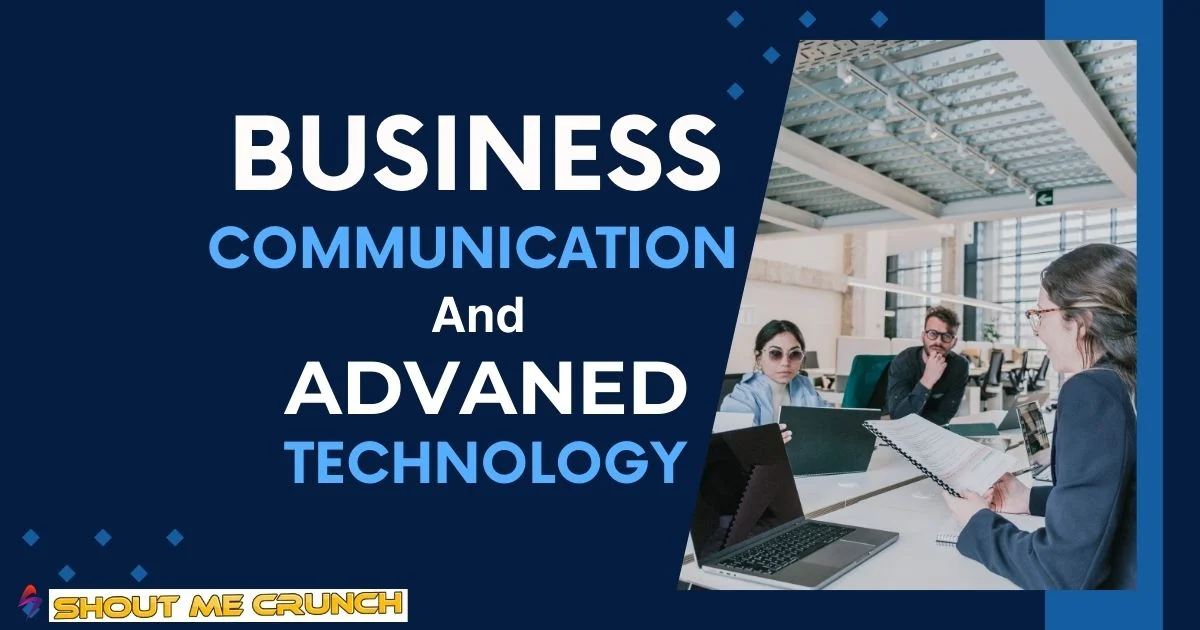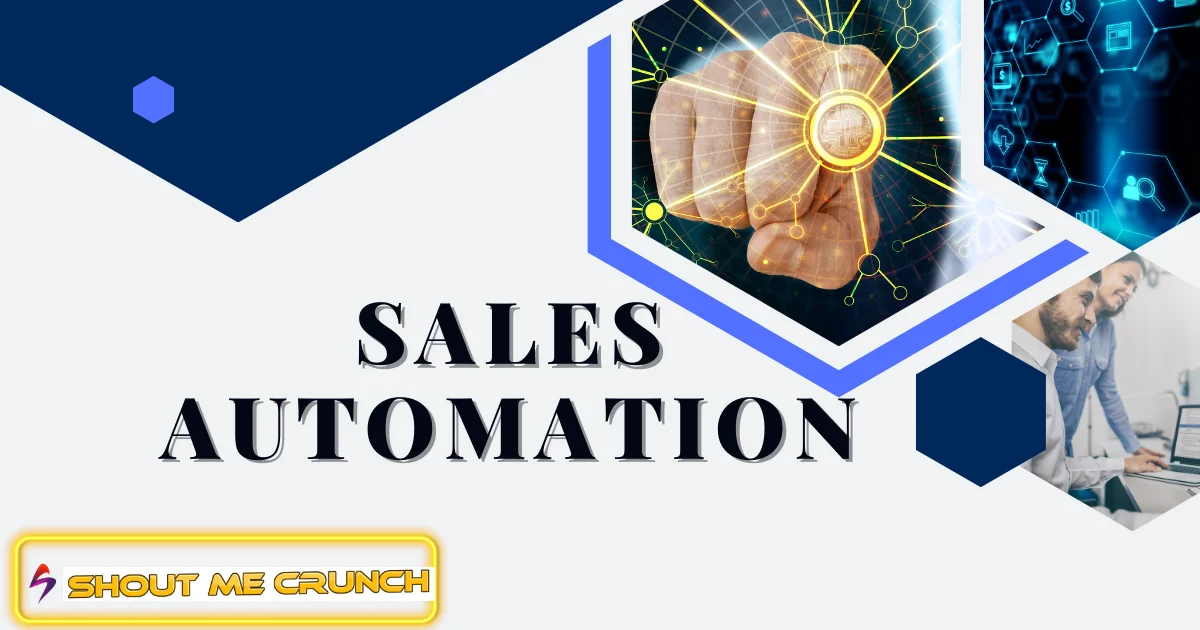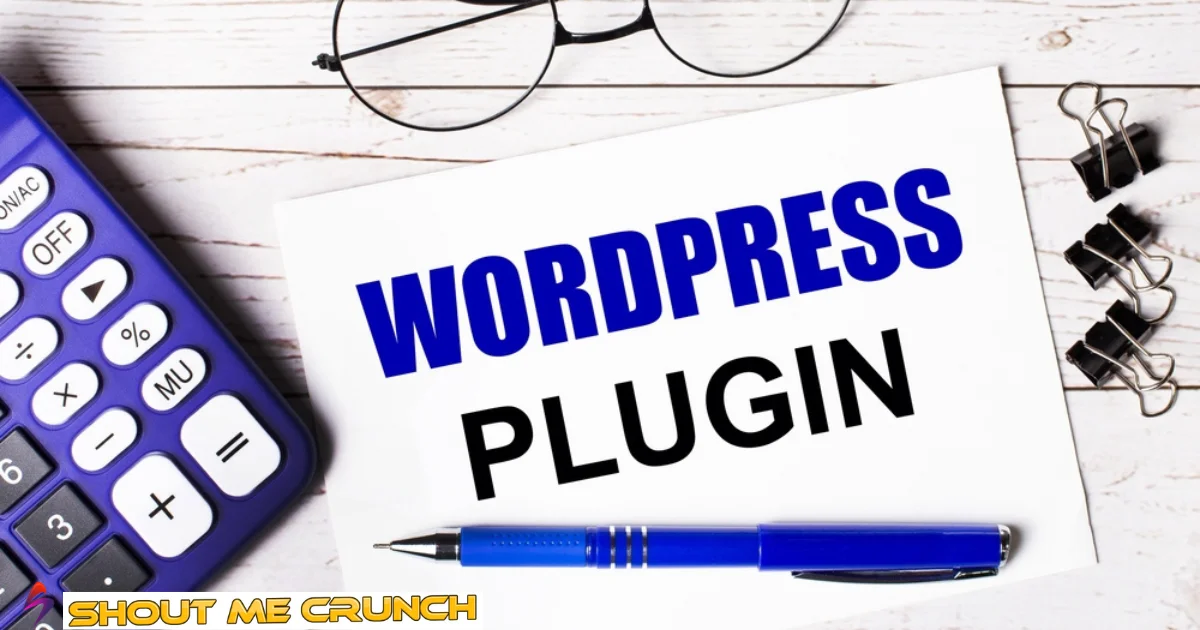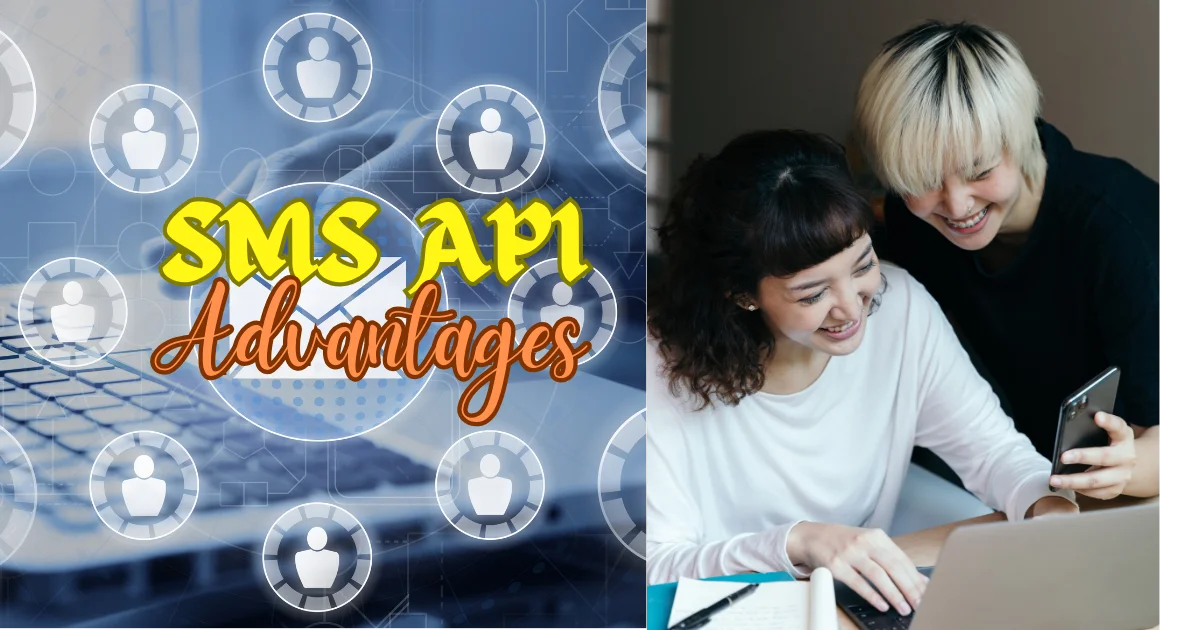In this digital-first world, websites are more than an extension of businesses – they’re a company’s first point of contact for communication, sales, and service. But the way websites are written doesn’t get shared equally among all their users. Hundreds of millions of people around the world have one or more disabilities: sight, hearing, mobility, and cognition, among others. If they do not reach your website, you likely miss out on a large slice of the audience.
This is where WordPress accessibility comes into the picture. Developers can build accessible websites that everyone, regardless of ability, can use if they follow accessibility guidelines and use built-in capabilities. It’s not just WordPress: there is a growing trend of agencies building with other platforms, such as PrestaShop, and implementing accessibility in their agency work, realizing the importance of an accessible online world, full of user-friendly experiences.
This blog will discuss accessibility for WordPress websites, along with what it is, why it’s important, best practices, tools for implementation, and how businesses can learn from improvements in accessibility on other platforms.
Contents
What Is Accessibility in Web Design?
Web accessibility means that people with disabilities can experience, understand, navigate, and interact with digital content. Accessibility covers:
- Visual disabilities: Blindness, reduced vision/color blindness.
- Hearing loss: partial or complete disruption of hearing.
- Motor impairments: Impaired usage of the mouse or keyboard.
- Cognitive impairments: Conditions such as dyslexia, ADHD, or memory loss.
By focusing on such areas, developers can ensure website accessibility, compliance with international standards, and better targeting of their audience.
Why WordPress Accessibility Matters
Expanding Your Audience
More than one billion people globally have a form of disability, according to the World Health Organisation.
Legal Compliance
Many nations have enacted laws around digital access, for example, the US Americans with Disabilities Act (ADA) or the EU’s European Accessibility Act. Failure to comply may lead to lawsuits and fines.
Improved User Experience
So, there’s a lot of overlap between accessibility and usability for all visitors. For instance, captions are useful not only for those who are deaf, but also in noisy environments.
Better SEO Performance
Search engines value accessible websites. Elements such as alt text, correct heading structure, and clean code all add to ranking.
Inclusive Brand Reputation
An inclusive site lets each customer know that you value every individual. This builds trust and loyalty.
Top 11 Best WordPress Ecommerce Plugins
Accessibility Guidelines You Should Know
Standards The international standard for accessibility is detailed in the Web Content Accessibility Guidelines (WCAG). They emphasize four fundamental principles:
- Understandable – All users should be able to comprehend the information, including people who have visual and auditory limitations.
- You can operate – Website navigation should be possible via various means, such as keyboards or screen readers.
- Comprehensible – Materials should be clear and consistent.
- Reliable – It should be predictable across assistive technologies and users.
By adhering to WCAG, you can ensure your WordPress site conforms to general accessibility standards.
How Do I Make My WordPress Site Accessible?
Use Accessible Themes
Many WordPress themes aren’t accessible. Search for WP themes with “Accessibility Ready” listed in the WordPress repository.
Add Alt Text to Images
Descriptive alt for every image, helping blind users to understand what’s on them.
Ensure Proper Color Contrast
There should be high contrast between the text and background. Others can be used to help readability: The WebAIM Contrast Checker.
Optimize for Keyboard Navigation
Users with motor impairments tend not to use mice but keyboards. Your website should be use-typeable, meaning completely navigable without the mouse or touch.
Provide Captions and Transcripts
Any video or audio material must have either closed captions or a written transcript to aid those with hearing difficulties.
Use Clear and Consistent Headings
The headings (H1, H2, H3) should make sense in relation to the content and be easy for screen readers to understand the structure of the page.
Limit Complex Animations
Animation can be distracting or problematic for users with cognitive disabilities. Give people a chance to stop or turn off ads.
Test with Assistive Tools
Screen readers like NVDA, JAWS, or VoiceOver will enable you to get an impression about how your site can be accessed by actual users.
WordPress Magic: Transforming Your Business Website with WooCommerce and ChatGPT
Accessibility Plugins for WordPress
There are several plugins you can use if you’re using WordPress, to help make your accessibility enhancements easier:
- WP Accessibility: hacks skip links, alternative text for long descriptions, and more.
- AccessibleWP Toolbar: A Toolset for end users to use to change text sizes, enable high contrast modes, grayscale, and more!
- Alt Text Tools: Automates the method of adding alt text to images.
- UserWay Accessibility Widget: Adds a full‑fledged accessibility menu, including screen reader adjustment and other accessibility feature adjustments.
These plugins allow you to attain compliance without writing any code and are intended to empower non-technical users.
Accessibility and eCommerce: The Shared Responsibility
Accessibility is not a WP issue only, but across all digital platforms. For example, in online retail, access for all can no longer be an afterthought. PrestashopDevelopers, also for online stores, are moving more towards making it accessible to disabled shoppers.
Why? eCommerce customers with disabilities rely on a variety of features, including:
- Voice search for product discovery.
- Screen reader-friendly product descriptions.
- Keyboard navigation for checkout.
- High-contrast product pages.
Inclusivity on shopping platforms, both WordPress and PrestaShop developers: Preventing brands from losing customers thereialectnet.com
Challenges in Implementing Accessibility
Legacy Websites
Old WordPress sites can have anachronistic themes or plugins that are below current standards, which would need to be extensively redesigned.
Misuse of Tools
Just because an accessibility plugin is added doesn’t mean it complies. True accessibility requires ongoing effort.
Balancing Aesthetics and Accessibility
Many businesses are reluctant to mess with design elements, like color schemes, for fear of looking less brand-y. But with some imagination, you can make compliance work for you rather than against brand integrity.
Lack of Awareness
Most website owners do not even know about accessibility laws or benefits, so they are dragging their feet with implementation.
10 Excellent WordPress CRM Plugins
Benefits Beyond Accessibility
Note that accessibility can often be beneficial for other aspects of digital performance:
- You have some SEO benefits: Better alt text, appropriate headings, and clear structures are beneficial for search visibility.
- Shorter load times: Accessible web design often means cleaner code and can result in less unnecessary bloat.
- Mobile Optimized: Responsive font sizes and straightforward app navigation ensure ease of use on mobile devices.
- Customer Loyalty: Inclusive design helps all visitors feel welcome and encourages them to return in the future.
Future of WordPress Accessibility
Emerging technologies will define the future of web accessibility:
- Accessibility Tools: Auto-create alt text or captions.
- Voice Interfaces: Enable users to browse the web without using their hands.
- Customized Accessibility Features: Sites may offer personalized user settings for accessibility.
- Cross-Platform Best Practices: Standards will be drawn from platforms, such as WordPress and PrestaShop, which will result in best practices being streamlined.
In the same vein that you have agencies that provide development services in PrestaShop and respond to accessibility requirements for e-commerce, WordPress developers will further adjust tools and frameworks according to global demands.
How to Improve the Speed of Your WordPress Website
Best Practices for Businesses
- Audit Your Website Regularly – Review for accessibility every quarter.
- Use actual users – Ask individuals with disabilities to try using your product during usability testing.
- Keep Apprised of Laws – What you need to do to stay compliant can vary based on your market.
- Train Your Team – Educate software developers, graphics designers and content managers to know the basics of accessibility.
- Don’t Just Comply — Strive Instead for a truly inclusive experience beyond what is legally required of you.
10 Best WordPress Security Plugins for All WP Security Solution
Conclusion
Accessibility is in no way optional – it’s needed to build a site for everyone, that works with everybody, and is legal. WordPress has a number of themes, plugins, and instructions for ensuring your website is accessible to all, regardless of capabilities.
At the same time, these are platforms – and indeed a wider digital ecosystem which also includes systems supported by developers who use PrestaShop development services – that continue to push forward on accessibility, demonstrating that inclusivity is something all industries need to help shoulder.
Embracing Accessibility today is not only a way to mitigate risk and avoid legal issues; it can improve your SEO, increase user experience, and even enhance brand reputation. To summarize, accessible websites are simply better websites — for all of us.
